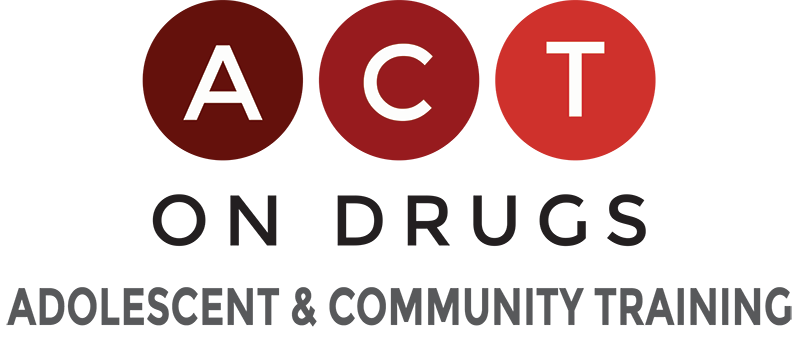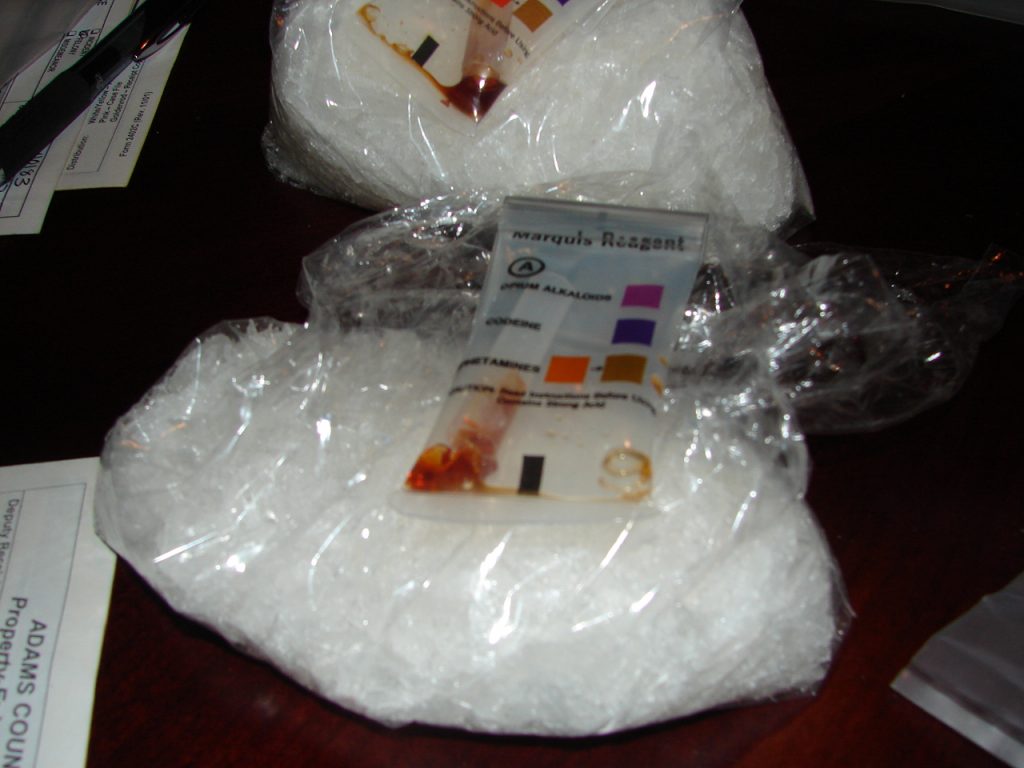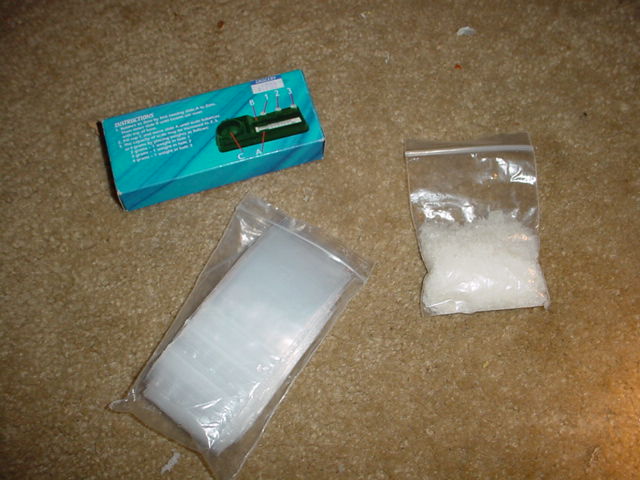Methamphetamine is a very strong central nervous system stimulant. It constricts blood vessels, dilates the pupils and increases body temperature, heart rate and blood pressure. The user is put in a state of constant fight or flight, making dealing with someone high on meth very dangerous.
One hit of meth can keep the user high for 12 to 24 hours. Users are often awake for days and weeks binging on the drug. This stage is often referred to as “tweaking” and users exhibit bizarre, unpredictable behavior. While “tweaked” they do repetitive tasks, often taking apart computers, TV’s, cell phones, and car engines, and can snap into uncontrolled rage, be extremely paranoid and violent. After being up for many days or weeks, the user will “crash”, and may sleep for several days. . They do not wake up to eat or to take care of their children. Children in these homes often end up fending for themselves. Neglect and abuse of children is not uncommon when parents use meth.
Meth can be a white powder or in crystalline form (ice). It can come in many colors depending on how it is being manufactured. It can also look like peanut butter. The majority of the meth in the US is from Mexico, but personal-use meth-labs still exist.
Street Names / Slang Terms Associated with Methamphetamine:
Meth, Crystal, Speed, Crank, Yaba, Shabu, Tweak, Meth Head, Ice, Bennies, LA Glass, Shards, Tweaking, Tweaker, Mexican Rock, Tina, Crank Bugs, Meth Mites, Meth Mouth
Drug Effects:
The short-term effects of methamphetamine are increased wakefulness and increased physical activity, decreased appetite, increased libido, rapid heart rate, increased blood pressure, and elevated body temperature. Death may occur as a result of elevated body temperature, convulsions or cardiac arrest. Long-term effects are psychosis, paranoia, hallucinations, repetitive motor activity, loss of memory, aggressive or violent behavior, severe dental problems, and weight loss. Methamphetamine has become highly associated with risky sexual behavior, increasing the risk for contracting hepatitis B or C and HIV.
Indicators of Methamphetamine Use:
- Dry Mouth
- Dilated pupils
- Profuse sweating
- Excited and talkative
- Rapid respiration
- Loss of appetite
- Inability to concentrate
- Inability to sleep
- Difficulty focusing eyes
- Exaggerated reflexes and tremors
- Increased alertness and self-esteem
- Hyper-excitability, restlessness
- Panic and anxiety
- Agitation and combativeness
- Paranoia, hallucinations and depression
Complications
The major complication of meth addiction is the devastating effect the drug has on the addict and his/her friends/family. Rarely does the addict return to being the person he/she was before exposure to meth. Meth has been associated with 2 major cardiovascular problems: heart attack and aortic dissection (tearing).
Effects on Infants and Children
Methamphetamine’s damage the fetus resulting in permanent brain abnormalities with subsequent delay in language skills and aggressive behavior. The newborn is often premature and small for gestational age. At the time of birth there may be placental abruption and the mother is at risk of rupturing her uterus.
METHAMPHETAMINE LABS

Clandestine methamphetamine labs present a significant risk. These labs create toxic and deadly explosive gases that permeate and contaminate building structures and there contents. Studies conducted by National Jewish Hospital in Denver, Colorado have also shown that smoking methamphetamine similarly contaminates the near-environment. As a result of the known contamination to homes and other buildings, many states have implemented cleanup guidelines and regulations for clean-up of clandestine labs. New disclosure laws for the sale or lease of property have been put in place.
Methamphetamine truly affects everyone!


